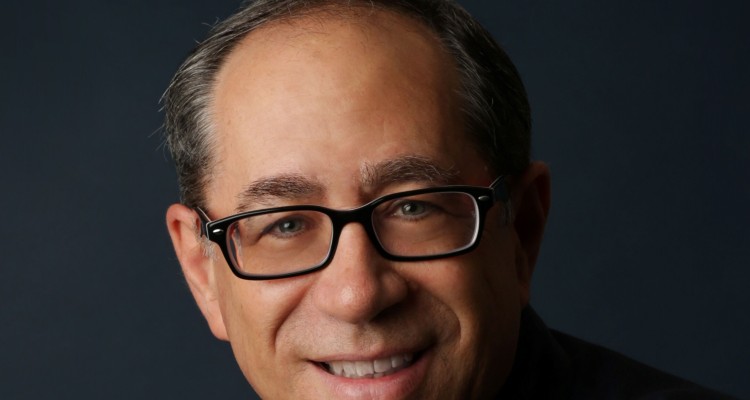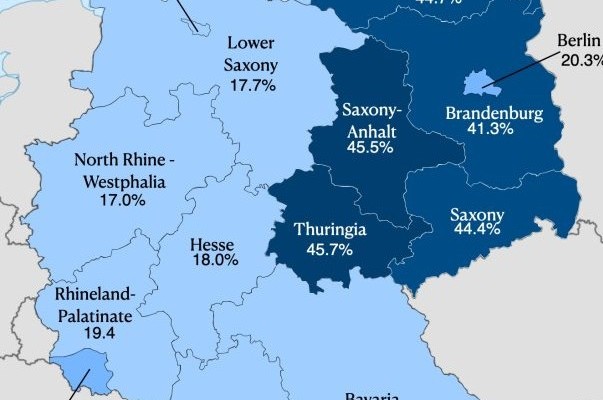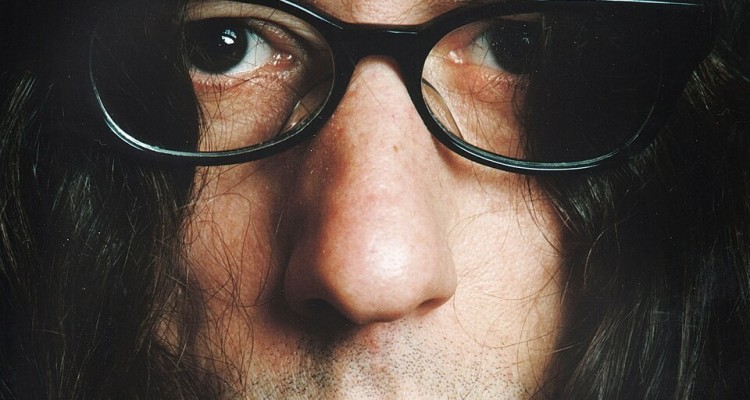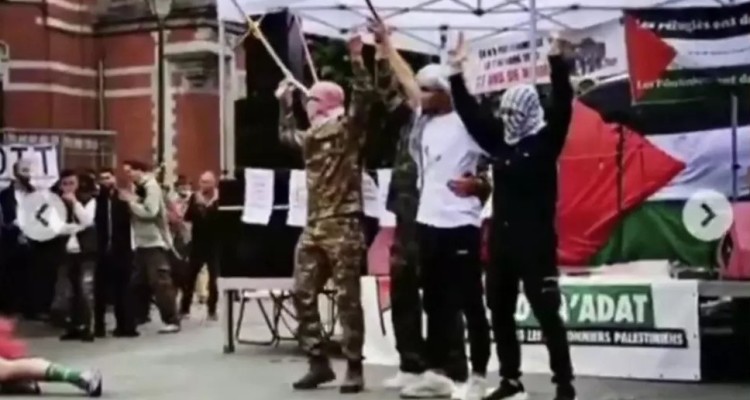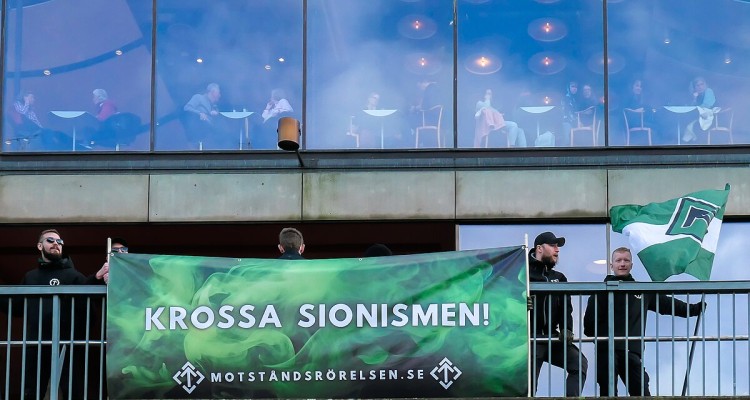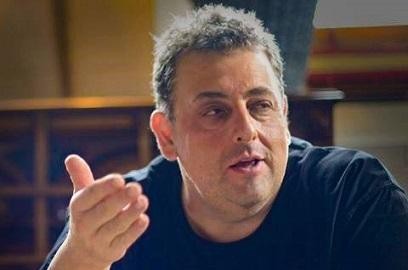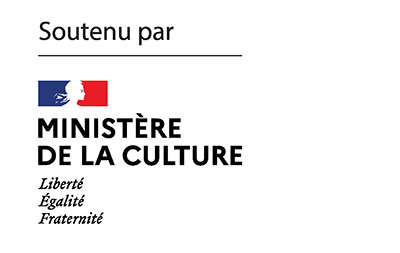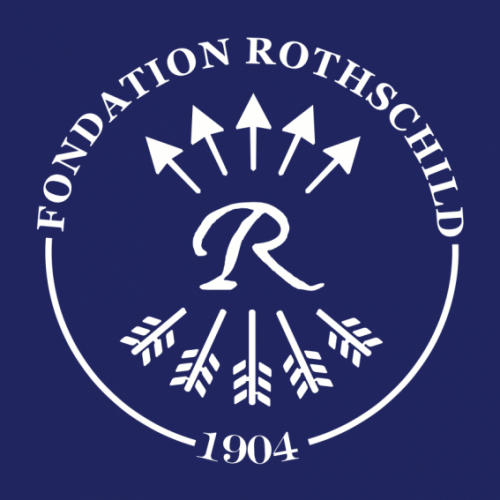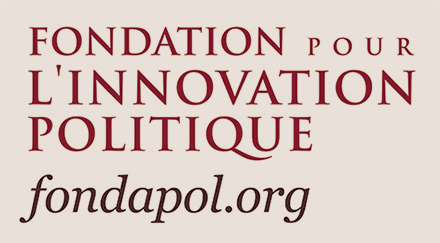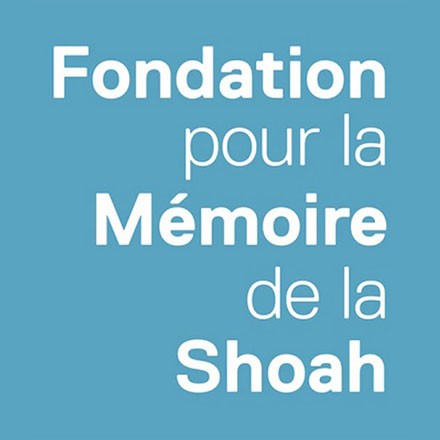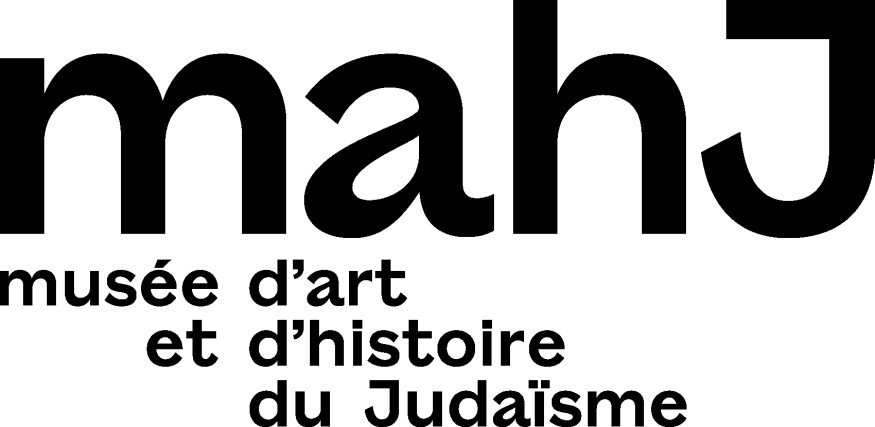Antisemitism
Description – Antisemitism
The spectacle of extreme polarization that is inflaming American society, particularly with regard to its university system, could make us forget the importance of the old tradition of liberal pragmatism. The interview we had with historian David Bell, professor at Princeton, reminds us of this, by refusing to exaggerate or euphemize the deeply divisive issue of antisemitism on campus. As Trump and the most radical fringes of campus progressivism battle for the right to sabotage the American university, David Bell points to the place where the fight against antisemitism and the defense of the university are intertwined.
How are American Jews experiencing the current political situation, in which their attachment to Israel, the democratic norms of their own country, and the security they believed they enjoyed in the face of antisemitism are all being called into question? For Sébastien Lévi, they are caught between Trump’s hammer and the anti-Zionist anvil – a divide foreshadowing the political reconfigurations and struggles to come.
Following the disturbing election results in eastern Germany, which saw the triumph of authoritarian, xenophobic, and antisemitic parties, Antonia Sternberger examines the roots of far-right ideas in the former GDR and their influence on Jewish life. Her investigation highlights a particular inability to learn from historical experience—whether Nazi crimes or Soviet dictatorship—which forces Jews in eastern Germany to navigate, with a remarkable amount of courage, an environment that oscillates between ignorance and outright hostility.
After examining the political, media, and judicial indifference surrounding Herman Brusselmans’ call for the murder of Jews published in Humo, this second part of Rafaël Amselem’s investigation focuses on the ambiguous role of Unia, the Belgian institution responsible for combating discrimination. Between legalistic interpretation, refusal to act, and confusion in the face of anti-Zionism, the case reveals the profound limitations of the Belgian legal and political framework in dealing with contemporary antisemitism.
Have you heard of Herman Brusselmans? He is the author of the following lines, which appeared in August 2024 in a popular Belgian magazine: “I see an image of a little Palestinian boy crying and screaming, calling for his mother who is buried under the rubble. I become so furious that I want to stab every Jew I meet in the throat with a sharp knife.” Less than a year later, the case brought forward by a Jewish organization ended in acquittal. In a two-part investigation, Rafaël Amselem explains why—and how. A journey to Belgium, where these words are (almost) no longer shocking.
As Sweden is marking 250 years of Jewish life, the reactions to the October 7th massacre, the war in Gaza and the tone of the rhetoric in the public debate are reasons to be concerned about Swedish antisemitism. But what is the true extent of this scourge, what is its impact on Sweden’s Jewish community, and how is it being addressed by the authorities? By placing these issues in a broader historical context, David Stavrou’s investigation, which we are publishing as part of our partnership with the DILCRAH, seeks to answer these questions.
David Hirsh was invited, in his capacity as academic director of the London Centre for the Study of Contemporary Antisemitism, to the International Conference on Combating Antisemitism organized by the Israeli Ministry of the Diaspora. In this text, he explains why he chose not to participate in this initiative which, by giving pride of place to the extreme right, discredits the fight against antisemitism and endangers Jews in the diaspora.
Can the fight against antisemitism be anything other than a parody when it is organized by the far right? By inviting members of Europe’s authoritarian and xenophobic right to parade on the stage of its “International Conference on Combating Antisemitism”, the Israeli Ministry of the Diaspora has committed a serious political error, which rings like a betrayal of its mission. Here, Michael Brenner reports on the drift represented by this move and the trap into which it is locking Jews.
Hatred of mediation and language, abolition of differences in an all-or-nothing logic, a solipsistic dream in which the world disappears: in this aphoristic text, the philosopher Gérard Bensussan proposes a conceptual approach to nihilism. This pathology of reason appears, beyond the diversity of its manifestations, as that which threatens thought as soon as it forgets its outside – a slope on which the critical gesture easily slides, and where the old Jewish question is encountered.
Join us
With the support of:
Thanks to the Paris office of the Heinrich Böll Foundation for their cooperation in the design of the magazine’s website.
